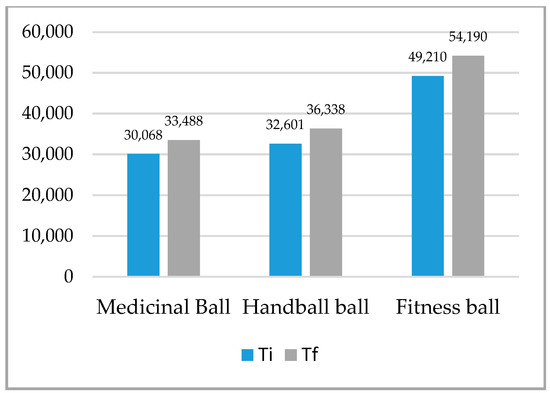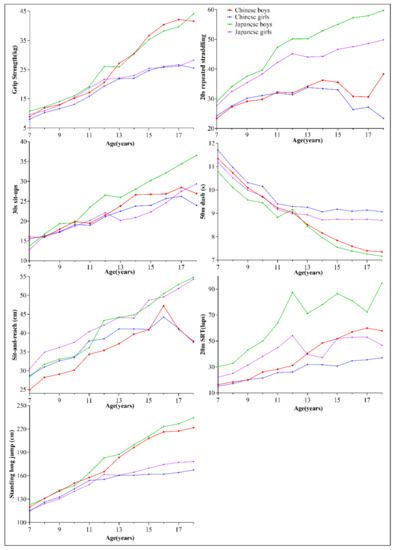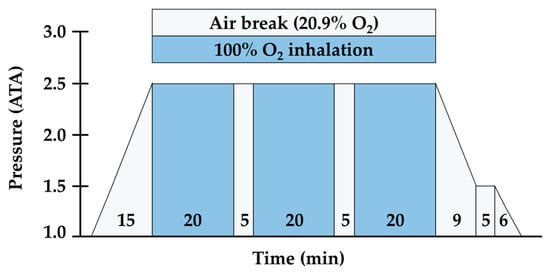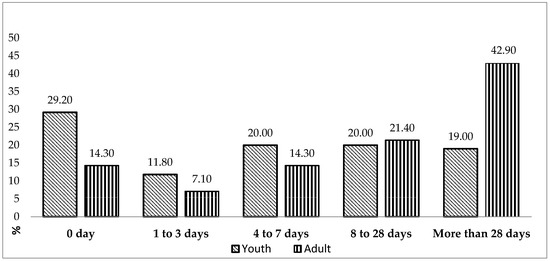Physical Activity and Adolescent Students' Health
A topical collection in International Journal of Environmental Research and Public Health (ISSN 1660-4601). This collection belongs to the section "Exercise and Health-Related Quality of Life".
Submission Status: Closed | Viewed by 194782Editor
Topical Collection Information
Dear Colleagues,
A segment on Physical Activity and Health of Adolescent Students is being organized in the International Journal of Environmental Research and Public Health. For detailed information on the journal, please refer to https://www.mdpi.com/journal/ijerph.
Physical activity (PA) and exercise enhance the functioning of the musculoskeletal and cardiovascular systems. PA is also known to confer benefits such as improvement in weight control, bone and muscle strength, mental health and mood, ability to perform daily activities, and life span, as well as reduction in the risk of cardiovascular disease, type II diabetes, metabolic syndrome, certain cancers, and falls. Furthermore, physical inactivity has been known to lead to sedentary lifestyle that in turn may lead to overweight or obesity. Physical inactivity is also known to have adverse health effects, such as increased risk of cardiac disease, musculoskeletal disorders, stroke, type II diabetes, and certain cancers. Therefore, adequate PA is considered important for good health.
Adolescence is an important period for establishing healthy habits for healthy adulthood. For example, approximately 80% of obese adolescents grow into obese adults. Many studies have investigated the relation between PA and corresponding health effects. The results of these studies suggest that it is important to increase PA and decrease sedentary habits to improve health in adolescence.
This collection is open to the subject area of PA and adolescent students’ health. The keywords listed below provide an outline of some of the possible areas of interest.
Prof. Dr. Wi-Young So
Collection Editor
Manuscript Submission Information
Manuscripts should be submitted online at www.mdpi.com by registering and logging in to this website. Once you are registered, click here to go to the submission form. Manuscripts can be submitted until the deadline. All submissions that pass pre-check are peer-reviewed. Accepted papers will be published continuously in the journal (as soon as accepted) and will be listed together on the collection website. Research articles, review articles as well as short communications are invited. For planned papers, a title and short abstract (about 100 words) can be sent to the Editorial Office for announcement on this website.
Submitted manuscripts should not have been published previously, nor be under consideration for publication elsewhere (except conference proceedings papers). All manuscripts are thoroughly refereed through a single-blind peer-review process. A guide for authors and other relevant information for submission of manuscripts is available on the Instructions for Authors page. International Journal of Environmental Research and Public Health is an international peer-reviewed open access monthly journal published by MDPI.
Please visit the Instructions for Authors page before submitting a manuscript. The Article Processing Charge (APC) for publication in this open access journal is 2500 CHF (Swiss Francs). Submitted papers should be well formatted and use good English. Authors may use MDPI's English editing service prior to publication or during author revisions.
Keywords
- adolescent
- exercise science
- exercise training
- health care
- health behavior
- physical activity
- physical fitness
- public health
- quality of life
- sedentary behavior



































